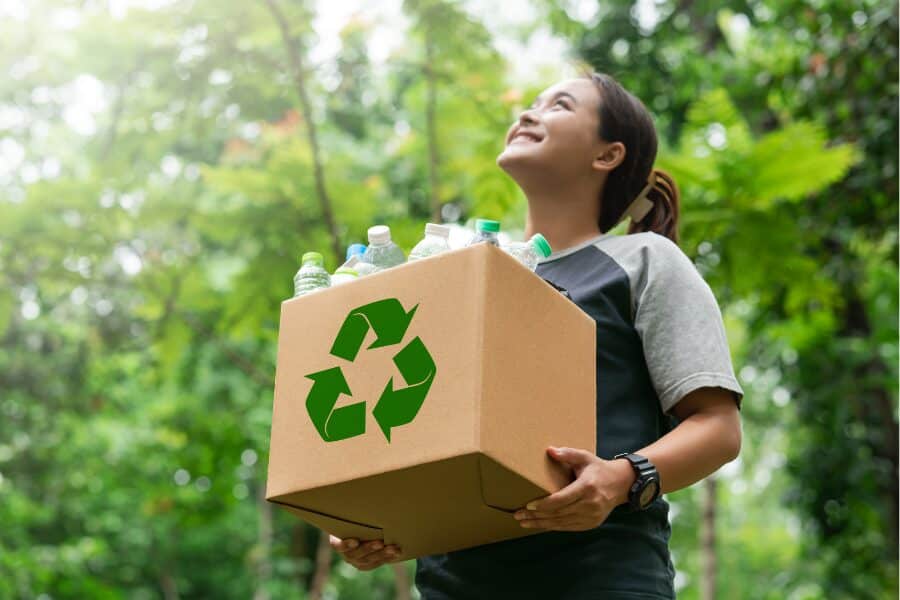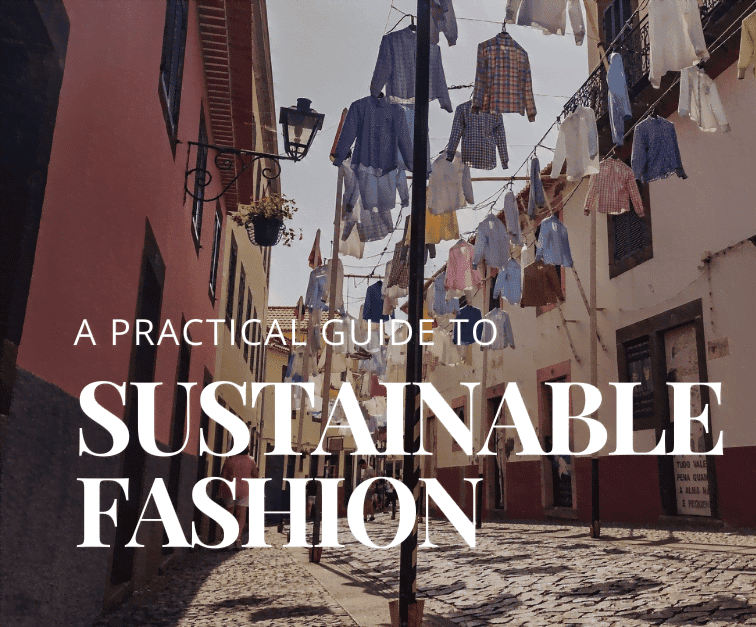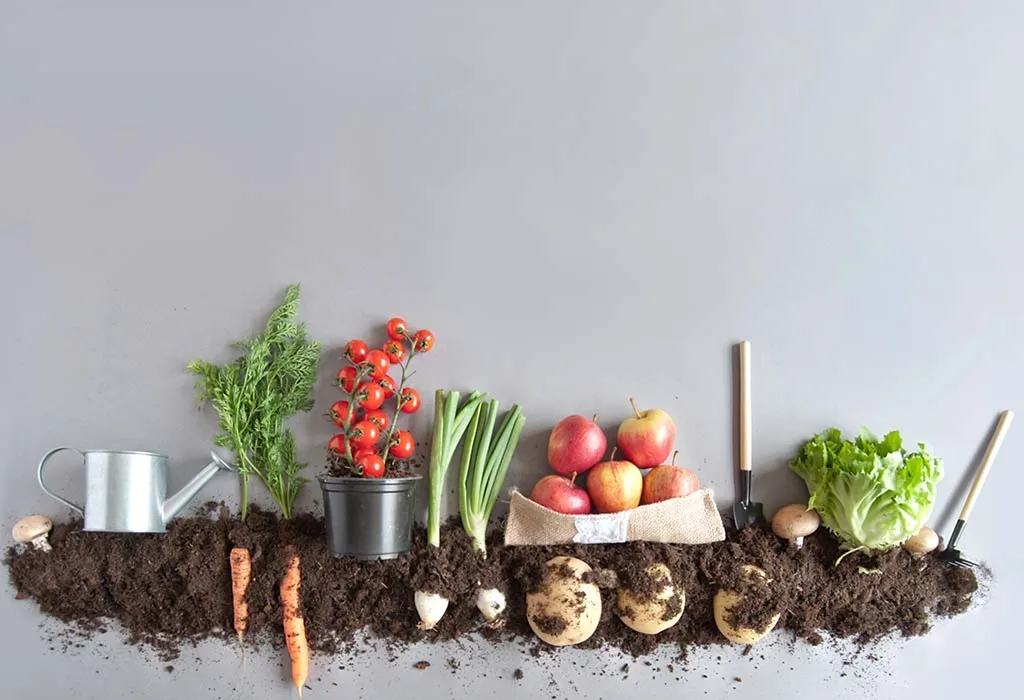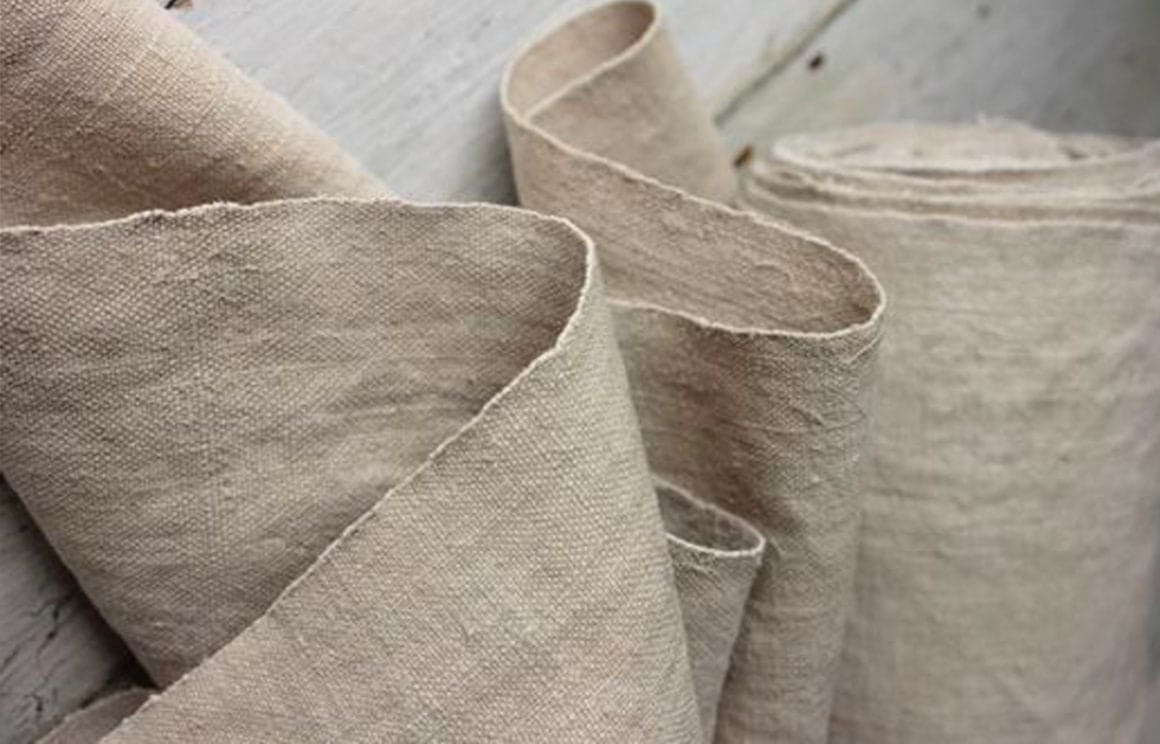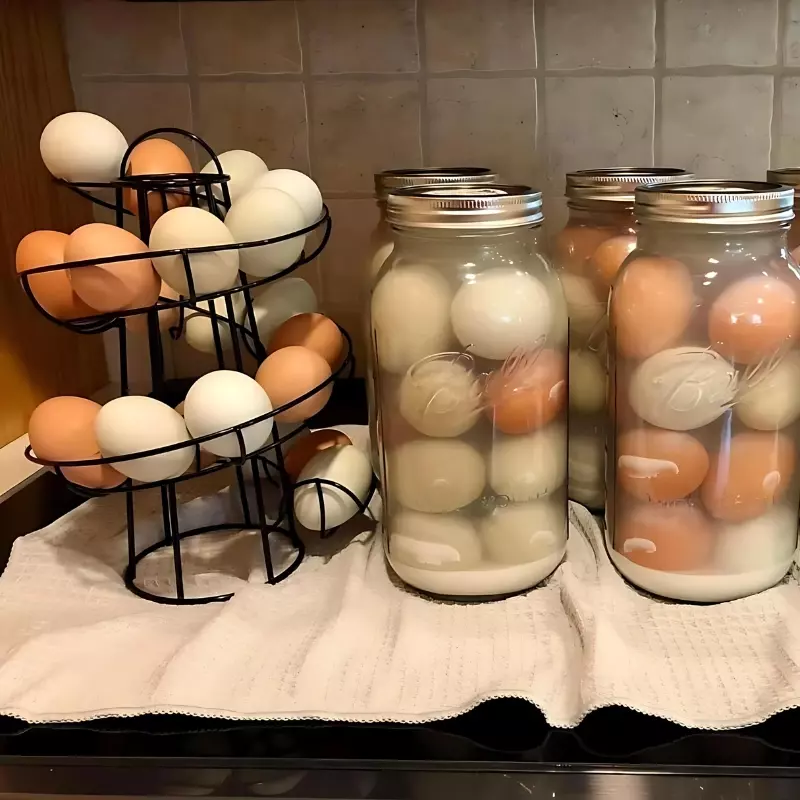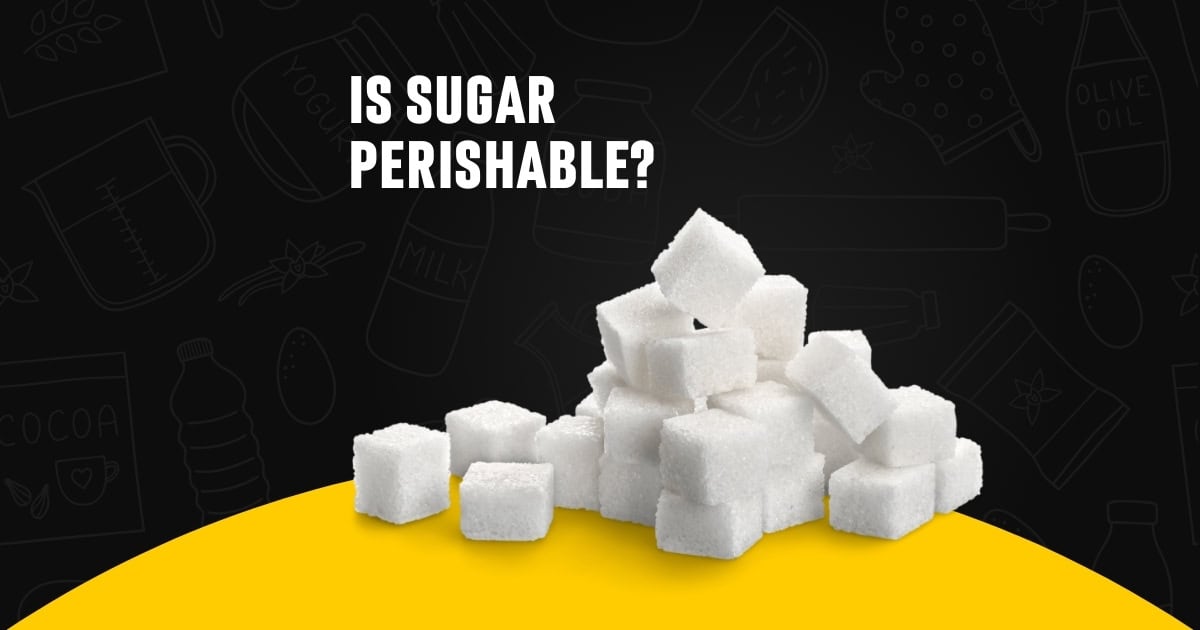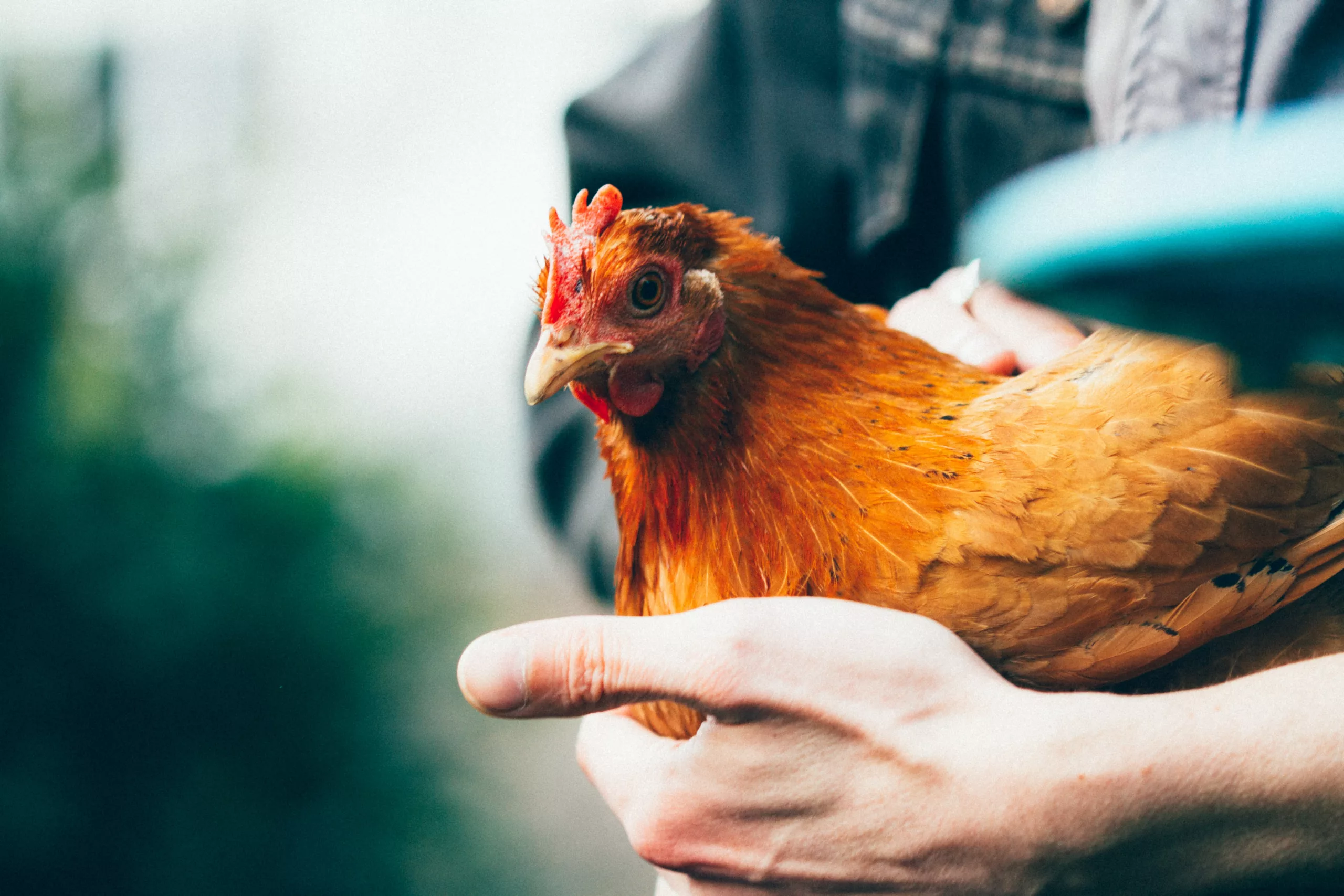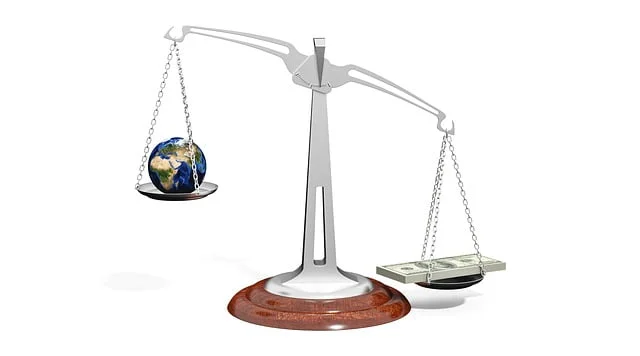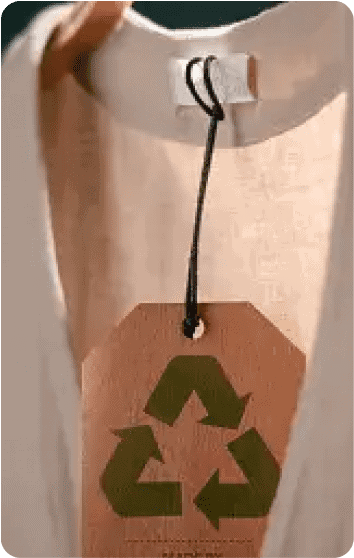Recycling is the best way to increase the life span of goods, and it happens at a bargain of the original carbon release of a new replacement. We also know that recycling is a crucial part of waste management in America. However, have you ever wondered about your scope of knowledge when it comes to recycling in the states?
For instance, there is a huge difference between recycling and composting. Moreover, not all plastics are recyclable, and improper sorting can lead to contamination. If we’re going to make a positive impact on our planet, it’s important that we understand proper recycling practices and just how important they are.
We made this guide of the recycling system, to shed some light on the right recycling practices and give you a comprehensive overview of how to recycle in America. Keep reading to learn about green America recycling, the recycling system in America guide, and American recycling solutions!
Unlock Your Savings with Exclusive Offer Coupons
Save big while shopping for sustainable products! Grab your exclusive coupons today!

What Can Be Recycled in America?
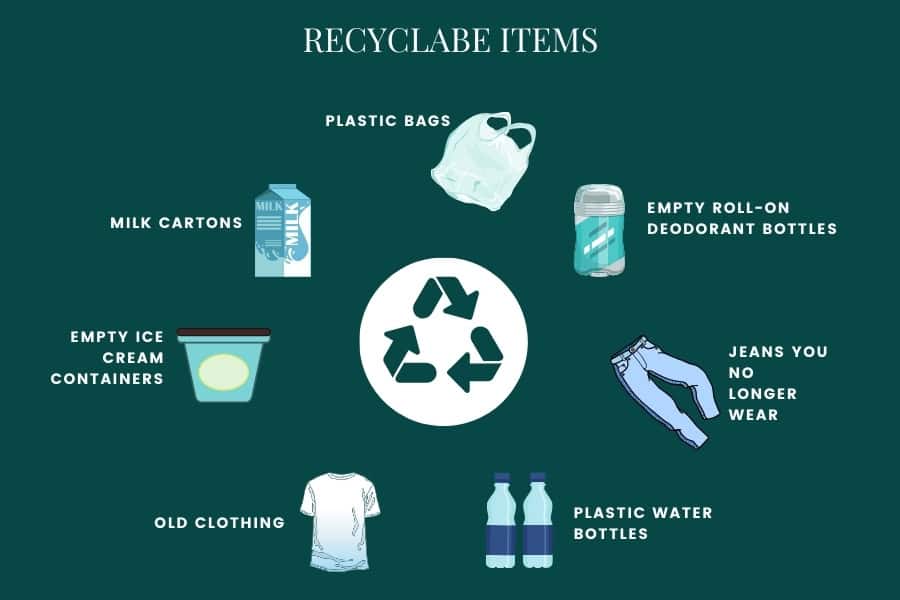
Common recyclables include paper and cardboard, such as newspapers, magazines, office paper, cardboard boxes, paperboard, junk mail, and envelopes. Glass items like bottles and jars, as well as metals including aluminum cans, steel cans, tin cans, and clean aluminum foil, are also recyclable.
Plastics, including bottles, containers, detergent bottles, and shampoo bottles, can be recycled as well. Additionally, electronics like computers, mobile phones, batteries, televisions, and small appliances can be recycled. Other recyclable items include textiles such as clothes and shoes, certain types of untreated wood, light bulbs (especially CFLs and LEDs), and used motor oil, which needs special handling. Proper recycling of these materials helps reduce waste and conserve natural resources.
How American Recycling Works
There are multiple stages of American recycling, and here’s what every step entails:
Step 1: Collection

The collection process for recycling involves the use of compactor trucks that gather materials from residential and commercial dumpsters. These trucks are designed to compact the waste, maximizing the space available and making transportation more efficient.
Collection typically follows a scheduled route and ensures that recyclable materials are delivered to Material Recovery Facilities (MRFs) for sorting and processing. You can also look up “American recycling near me” for American recycling solutions or to drop off your recyclables.
Step 2: Single-Stream Recycling
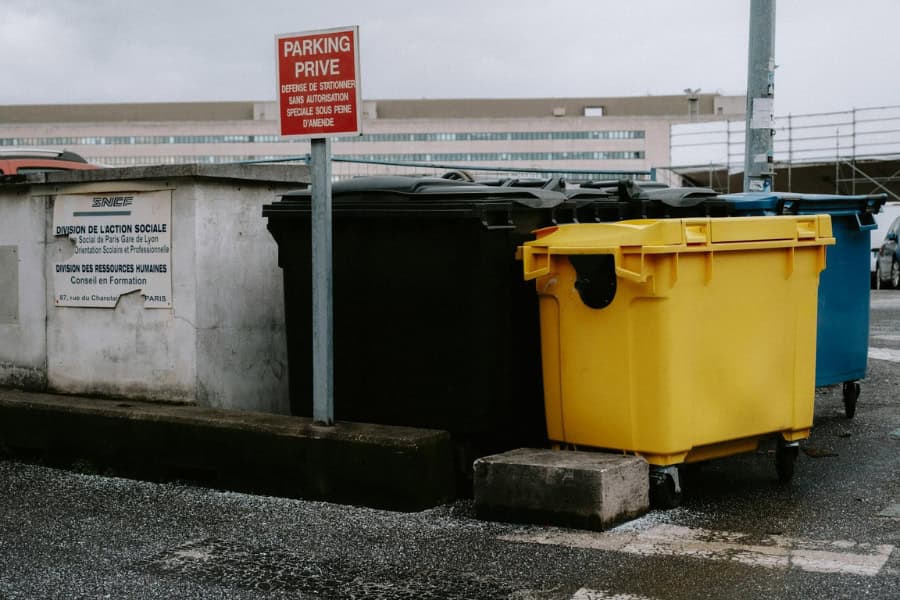
The single-stream recycling system allows all recyclable materials to be placed in a single bin, simplifying the process for consumers. Introduced to increase participation rates and convenience, this system has the advantage of making recycling more accessible.
However, there are some challenges involved like higher contamination rates, which complicate sorting and processing. Contaminants like food waste and non-recyclable plastics can spoil entire batches of recyclables, reducing the overall effectiveness of the recycling system.
Step 3: Sorting and Processing
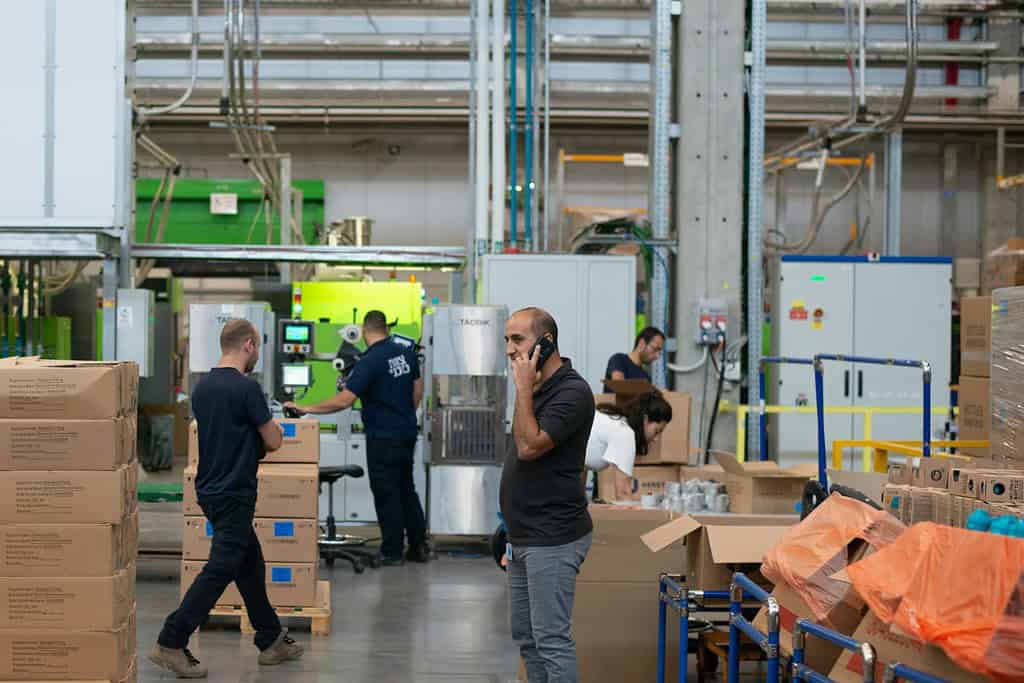
Once collected, recyclables are transported to a central recovery facility, where they undergo a rigorous sorting process. At MRFs, materials are separated using a combination of advanced machinery and manual labor. Conveyor belts, magnets, and optical sorters help to efficiently categorize different types of materials, while workers manually remove contaminants and sort items that machines might miss.
Step 4: Contamination Control
Contamination is a significant issue in the recycling process, affecting the quality and efficiency of recycling operations. Common contaminants include greasy paper, broken glass, and food residues, which can spoil entire batches of recyclables. Contaminated materials often have to be diverted to landfills, increasing costs and undermining recycling efforts. This is why it’s incredibly important for us, as consumers, to understand recycling solutions including what can and cannot be recycled, so that we can minimize contamination.
The Journey of Recycled Materials
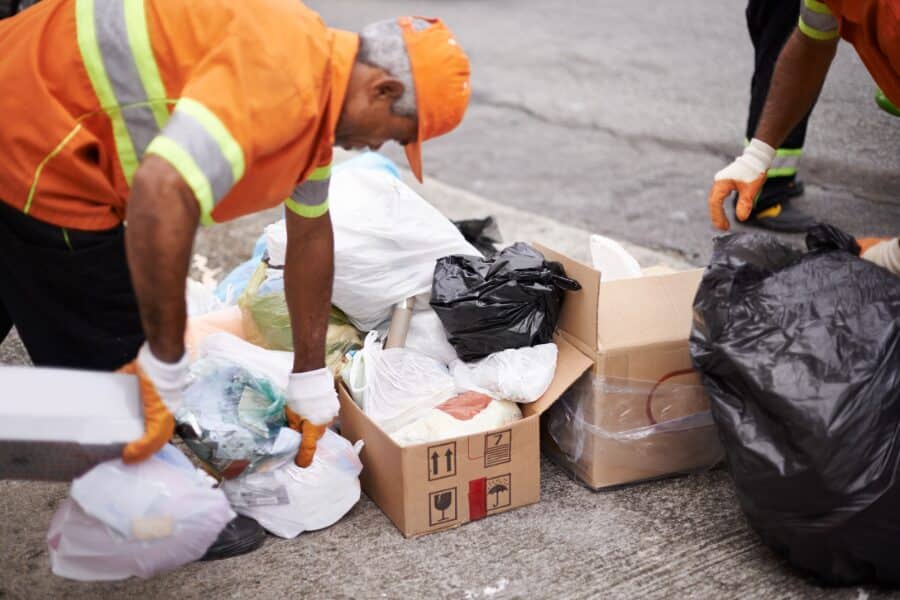
After the initial sorting in the recycling process, recycled materials are cleaned and processed into raw forms suitable for manufacturing. For example, plastics are often shredded into flakes or pellets, aluminum is melted into ingots, and paper is pulped. These processed materials are then sold to manufacturers who use them to produce new products. This stage of transformation is a very, very important step in the recycling loop, as waste gets turned into valuable resources for a more sustainable way of living.
Manufacturing New Products
Recycled materials are used to manufacture a wide variety of products. For instance, recycled plastic can be turned into new bottles, containers, and even textiles like polyester. Recycled aluminum is commonly used to create new cans and automotive parts, while American paper recycling is transformed into items like newspapers, office paper, and cardboard packaging. This process conserves resources and reduces the environmental impact associated with producing new materials from virgin resources. Isn’t that great?
Reducing Contamination
Avoiding “Wishcycling”
“Wishcycling” refers to the practice of placing non-recyclable items in the recycling bin in the hope that they can be recycled. Common examples include plastic bags, Styrofoam, and greasy pizza boxes. This practice increases contamination and disrupts the recycling process, as non-recyclable items can damage sorting machinery and spoil batches of recyclables. Always check local guidelines to ensure items are recyclable before placing them in the bin.
Specialized Recycling Programs: Clean-Stream Recycling
Clean-stream recycling involves separating recyclables at the source to reduce contamination. This method contrasts with single-stream recycling by requiring us, as consumers, to sort recyclables into designated bins for different materials like paper, plastic, and metal. While it demands more effort from all of us, clean-stream recycling, including American paper recycling, results in higher quality recyclables and more efficient processing. We’ve also observed that some communities and businesses have been adopting this approach to improve their recycling outcomes!
Speaking of recycling programs, have you ever heard of America Recycles Day? It’s a day when communities across the nation come together to raise awareness about the importance of recycling while encouraging everyone to participate in recycling activities and learn waste reduction techniques. Click here to read all about America Recycles Day and learn about green America recycling.
How to Nail the Recycling Process
To enhance the effectiveness of recycling, you need to know how to recycle in America. Consider these three key lessons from our recycling system in America guide:
Reading American Plastic Recycling Symbols

Understanding the numbers and symbols on plastic items helps determine their recyclability. Each plastic item is marked with a number (1-7) within the American plastic recycling symbols, indicating the type of plastic. For example:
PET (Plastic 1): Widely accepted in recycling programs, used for soda bottles and food packaging.
HDPE (Plastic 2): Commonly used for milk jugs and detergent bottles, also widely recyclable.
Other Symbols: Plastics 3-7 include items like PVC, LDPE, PP, PS, and other plastics, which are less commonly accepted and require specific recycling programs.
Knowing these symbols helps us sort plastics properly and ensure they are directed to the appropriate recycling streams.
Ensuring Cleanliness of Recyclables

Clean recyclables prevent contamination and improve the quality of the recycling process. Contaminants like food residue and grease can spoil entire batches of recyclables, making them unfit for processing and leading them to be diverted to landfills. Simple steps to ensure cleanliness include:
Rinsing Containers: Rinse out food and beverage containers to remove residues.
Drying Items: Allow items to dry before placing them in the recycling bin to avoid wetting paper and cardboard.
Removing Labels: If possible, remove labels and lids to ensure materials are processed efficiently.
By maintaining clean recyclables and following the U.S. recycling guide, the overall recycling process becomes more effective and less wasteful.
Proper Sorting of Common Recyclables
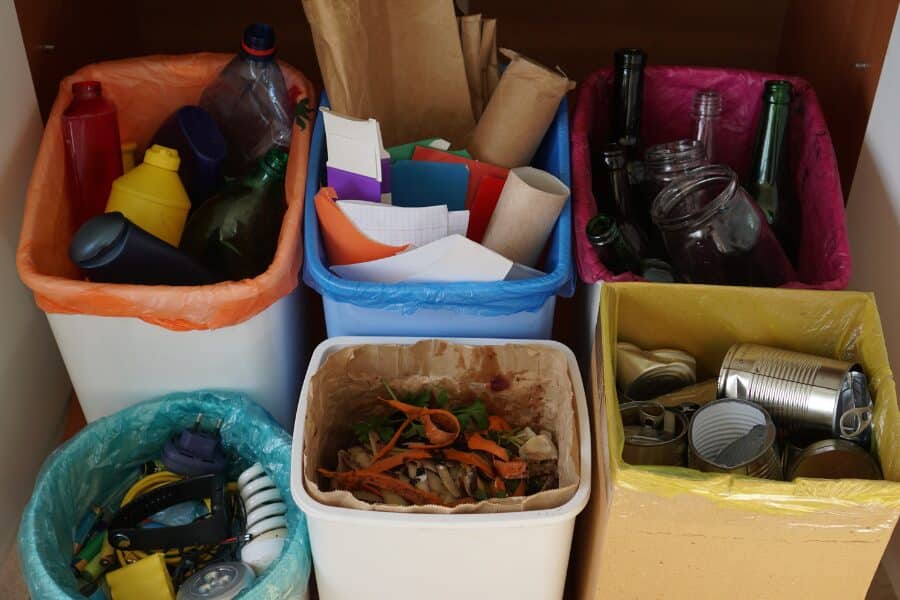
Correctly sorting items according to the U.S. recycling guidelines ensures they can be efficiently processed in their American recycling locations. You can find a suitable location by looking up “American recycling near me” or “American recycling center”.
Every municipality may have different rules, including a probability of an American recycling price list, so it’s crucial to familiarize yourself with local requirements. Common guidelines include:
Paper: Newspapers, magazines, office paper, and cardboard are typically accepted but should be dry and free of contaminants.
Plastic: Follow the numbered symbols to determine which plastics are accepted locally.
Metal: Aluminum cans, steel food containers, and tin cans are widely accepted. Ensure they are clean and dry.
Glass: Many programs accept glass bottles and jars but require them to be free of lids and rinsed out.
By incorporating these lessons into daily recycling habits, we, as consumers, can significantly improve the effectiveness of our recycling efforts and contribute to a more sustainable environment. Be sure to look up “American recycling near me” if you need to find a suitable drop-off or collection point. Now that you know how to recycle in America, let’s learn about its benefits.
Tips for American Recycling Clothing

You’ll find American recycling centers or American recycling locations for your American recycling clothing. What’s more, your gently used items can be donated to charity organizations like Goodwill and The Salvation Army. You can also participate in retailer take-back programs and utilize textile recycling services like the American Textile Recycling Service (ATRS).
Some municipalities offer curbside American recycling clothing or have dedicated drop-off centers that serve as American recycling centers or American recycling locations. The best part – there is no American recycling price list, which means recycling in the U.S. is free.
Also Read: How Environmentally Conscious Recycling Can Change Your Life
Why You Should Participate in American Recycling
Following the U.S. recycling guide offers numerous benefits. The perks that come with recycling in the U.S. include:
Conservation of Resources: Recycling reduces the need for virgin materials, conserving natural resources such as timber, water, and minerals.
Energy Savings: Manufacturing with recycled materials often requires less energy compared to using new raw materials. For example, producing aluminum from recycled materials saves up to 95% of the energy required to produce it from bauxite ore. Additionally, there isn’t always an American recycling price list so it is cost-saving as well!
Environmental Impact: Recycling reduces greenhouse gas emissions and minimizes landfill waste, helping to combat climate change and preserve the environment for future generations.
Conclusion
Proper recycling practices are essential if we want to maximize the benefits of recycling and reduce our environmental impact. By understanding and following American recycling guidelines and the recycling system in America guide, everyone can contribute to a more sustainable future. We also believe community involvement and continuous education are key to improving recycling rates and efficiency.
If you’re making an effort to recycle consciously, that’s amazing! You might also find our guides to zero waste living helpful, encouraging you to live mindfully and sustainably.
Want to read more like this?
Get similar stories and a free sustainability checklist delivered to your inbox.

Like our content?
Get similar stories and a free sustainability checklist delivered to your inbox.


